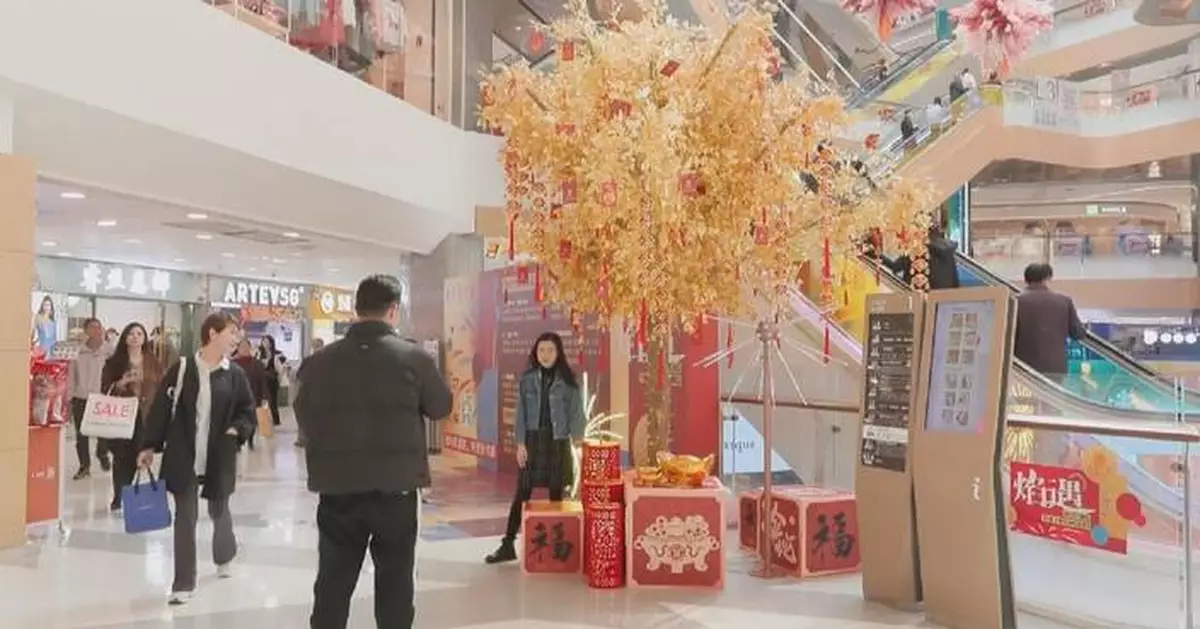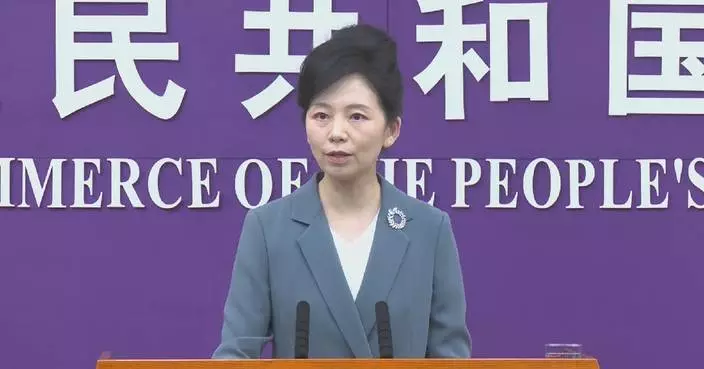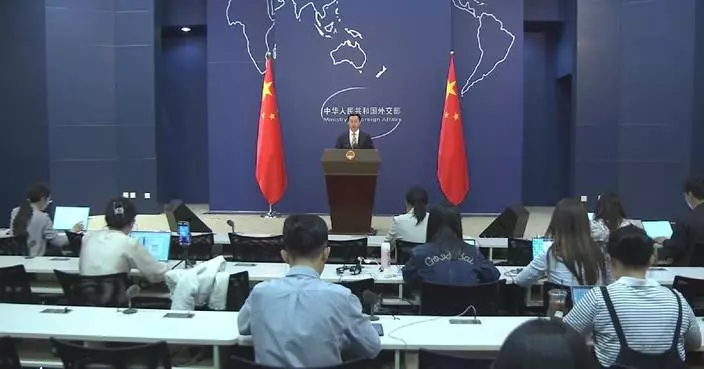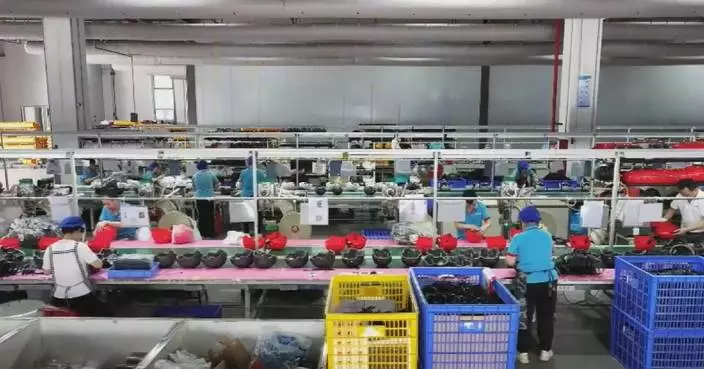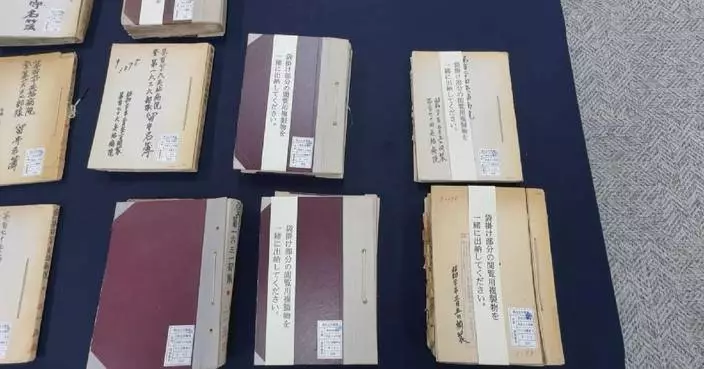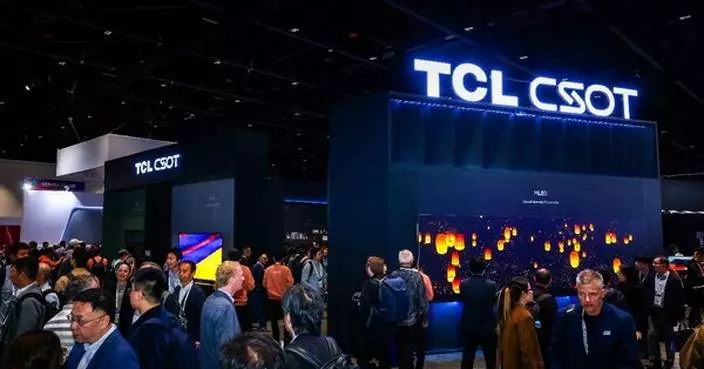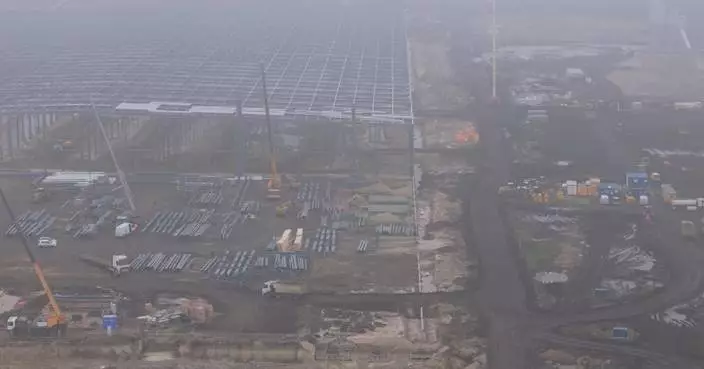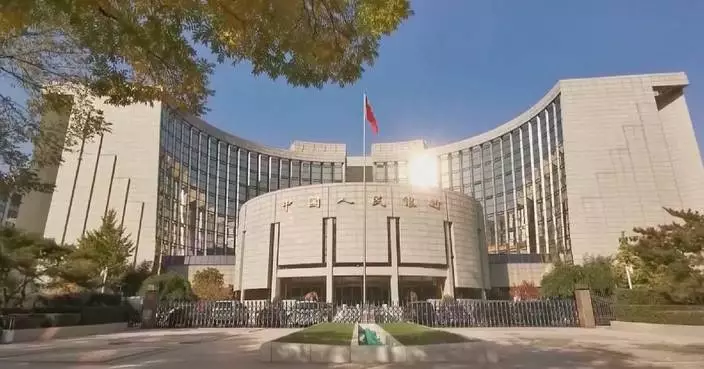As Spring Festival approaches, Chinese consumers are flocking to malls and markets to snap up festive goods, from traditional foods to decorative items, driving up sales ahead of a holiday that's deeply rooted in Chinese culture and tradition.
To usher in the cherished festival, shopping malls in Guangzhou City of south China's Guangdong Province have been transformed into vibrant festive hubs, with elaborate decorations and exhibitions showcasing the city's rich cultural heritage.
"Customers can increase their knowledge of popular science while shopping and dining, which is also the development trend featuring multiple business models in the business circle," said Wang Yuqing, executive director of Guangdong Private Enterprise Chamber.
Meanwhile, a variety of consumer promotion activities, folk customs and subcultural activities have been introduced in major shopping malls across Shenzhen City of Guangdong Province, further fueling the growth of the cultural tourism market.
Recently, many customers in Ningbo City, east China's Zhejiang Province, have been busy with festival shopping and preparing New Year's gifts. A wide array of festive products is on display in local supermarkets, with New Year's gift baskets being the most popular item.
"This New Year's gift basket is selling very well, with many consumers purchasing four or five baskets at a time," said Du Lili, a saleswoman at a local market.
Luoyuan County of Fuzhou City, east China's Fujian Province, is one of China's key abalone breeding bases. With the approach of the Spring Festival, abalone sales have surged, and orders have reached their peak during this period.
"From now until the first month of the Chinese Lunar Calendar, our daily purchases range from 10 to 15 tons, which are delivered to various parts of the country," said Shi Lianfeng, a purchaser.
During this Spring Festival holiday, approximately 3,500 tons of abalone produced here will enter the market, driven by the surge in both supply and demand.
In Zaozhuang City of eastern China's Shandong Province, "huamo", a traditional flowery steamed-bun, is not only a popular food but also a feature of folk art.
The city is also renowned for its pomegranate cultivation. Skilled pastry chefs have expertly made huamo featuring pomegranate elements, adding a vibrant touch to the celebrations of the Chinese Lunar New Year.
"Pomegranate flowers, with their bright red color, symbolize prosperity and happiness, while the leaves represent the arrival of wealth and success. The seeds, in turn, symbolize the idea that more children bring greater happiness," said Zhu Lin, a pastry chef.
In Changzhi City, north China's Shanxi Province, waves of consumers are flocking to local flower markets to purchase New Year flowers to decorate their homes.
"Recently, butterfly orchid, flamingo lily, winterberry and other New Year flowers have been particularly popular with customers. As the Spring Festival approaches, we have also made preparations in advance, contacting suppliers to stock up on more sought-after flower products to meet consumer demand," said Chang Xiaohu, a local flower vendor.
The Spring Festival, or Chinese Lunar New Year, falls on Jan. 29 this year and the Spring Festival holiday will last until Feb. 4. It is China's most important festival and an occasion for family reunion. The New Year holiday will usher in the Year of the Snake, which takes the sixth place on the Chinese zodiac of 12 animals.
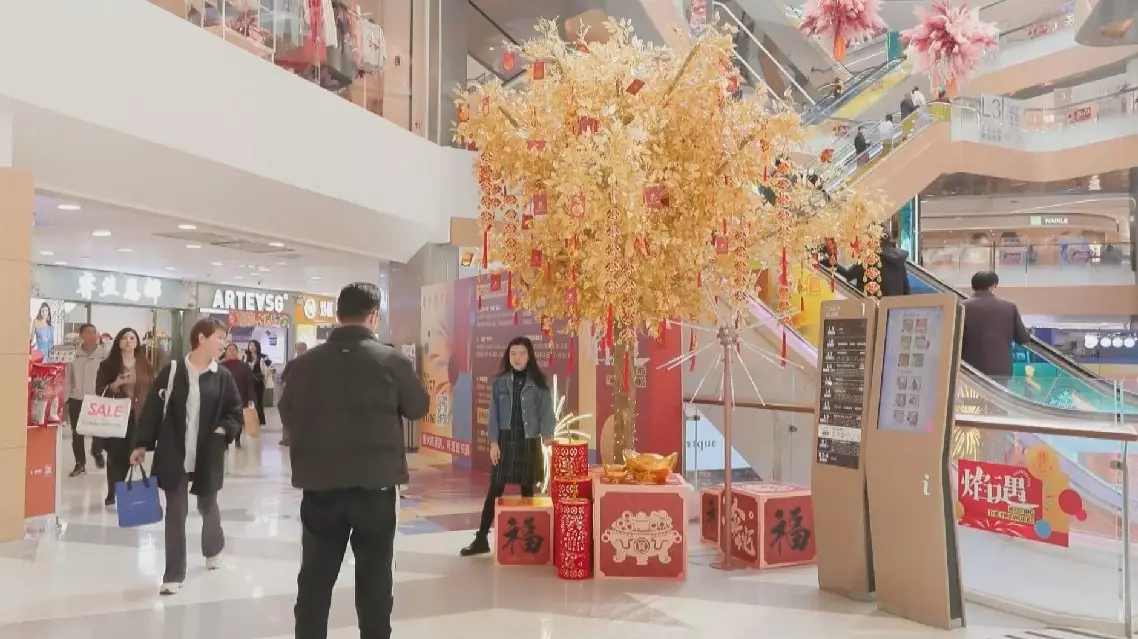
China ushers in consumption boom ahead of Spring Festival


